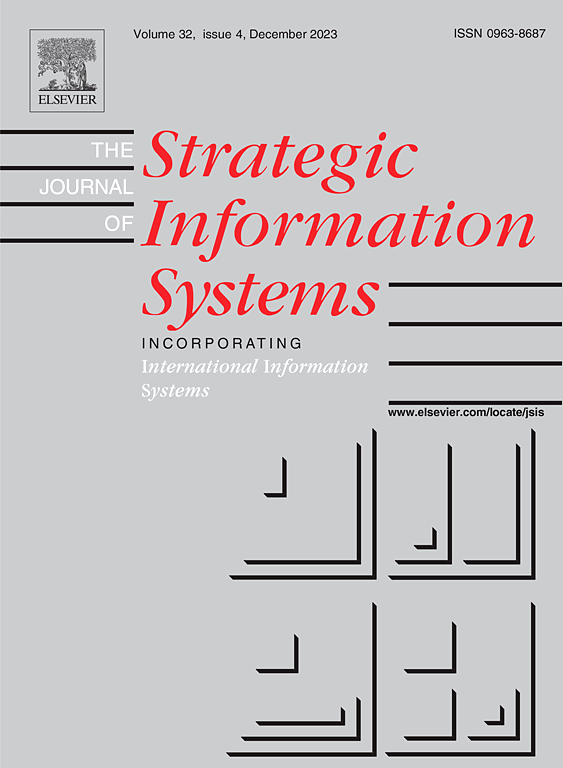线性差分系统的超几何解
IF 1.1
4区 数学
Q4 COMPUTER SCIENCE, THEORY & METHODS
引用次数: 0
摘要
我们将Petkovšek的计算标量差分方程超几何解的算法推广到差分系统τ(Y)=MY的情况,其中M∈GLn(C(x)),其中τ是移位算子。超几何解是γP形式的解,其中P∈C(x)n, γ是C(x)上的一个超几何项,即τ(γ)/γ∈C(x)。我们的贡献涉及τ(γ)/γ的一组候选项的有效计算,我们将其写成λ=cAB,具有一元a,B∈C[x], C∈C oc。M−1和M的分母因子给出A和B的候选项,而c则需要另一种算法。我们使用超约简算法来计算c的候选项,以及其他成分来减少A/B的候选项列表。为了进一步减少候选A/B的数量,我们通过绑定局部类型来绑定A/B的类型。我们的算法已经在Maple中实现,实验表明我们的实现可以处理高维系统,这对因式运算很有用。本文章由计算机程序翻译,如有差异,请以英文原文为准。
Hypergeometric solutions of linear difference systems
We extend Petkovšek's algorithm for computing hypergeometric solutions of scalar difference equations to the case of difference systems , with , where τ is the shift operator. Hypergeometric solutions are solutions of the form γP where and γ is a hypergeometric term over , i.e. . Our contributions concern efficient computation of a set of candidates for which we write as with monic , . Factors of the denominators of and M give candidates for A and B, while another algorithm is needed for c. We use super-reduction algorithm to compute candidates for c, as well as other ingredients to reduce the list of candidates for . To further reduce the number of candidates , we bound the type of by bounding local types. Our algorithm has been implemented in Maple and experiments show that our implementation can handle systems of high dimension, which is useful for factoring operators.
求助全文
通过发布文献求助,成功后即可免费获取论文全文。
去求助
来源期刊

Journal of Symbolic Computation
工程技术-计算机:理论方法
CiteScore
2.10
自引率
14.30%
发文量
75
审稿时长
142 days
期刊介绍:
An international journal, the Journal of Symbolic Computation, founded by Bruno Buchberger in 1985, is directed to mathematicians and computer scientists who have a particular interest in symbolic computation. The journal provides a forum for research in the algorithmic treatment of all types of symbolic objects: objects in formal languages (terms, formulas, programs); algebraic objects (elements in basic number domains, polynomials, residue classes, etc.); and geometrical objects.
It is the explicit goal of the journal to promote the integration of symbolic computation by establishing one common avenue of communication for researchers working in the different subareas. It is also important that the algorithmic achievements of these areas should be made available to the human problem-solver in integrated software systems for symbolic computation. To help this integration, the journal publishes invited tutorial surveys as well as Applications Letters and System Descriptions.
 求助内容:
求助内容: 应助结果提醒方式:
应助结果提醒方式:


